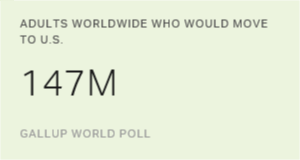WASHINGTON, D.C. -- Nearly one-quarter of adults worldwide (24%) are "thriving," according to Gallup surveys in 146 countries in 2011. The percentage rating their current and future lives positively enough to be considered thriving ranged from a high of 74% in Denmark to a low of 2% in Cambodia.
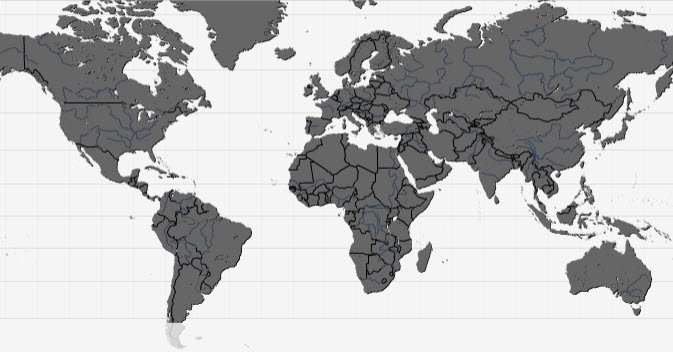
Gallup classifies respondents as "thriving," "struggling," or "suffering," according to how they rate their current and future lives on a ladder scale with steps numbered from 0 to 10 based on the Cantril Self-Anchoring Striving Scale. People are considered thriving if they rate their current lives a 7 or higher and their lives in five years an 8 or higher.
Majorities of residents in 17 countries rated their lives well enough to be classified this way. Denmark clearly led this list, as it has since 2009, trailed by other wealthy and developed countries such as Canada (66%) and the Netherlands (66%). The U.S. just missed making the top 10, with 56% of Americans thriving.
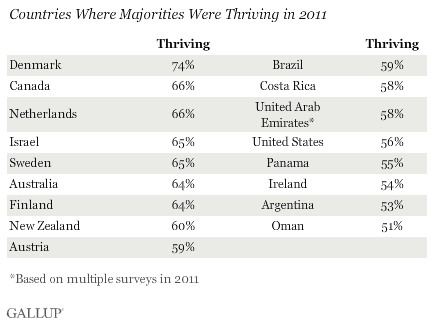
Thriving generally remained an elusive state of being across much of the world in 2011. Less than 25% of the adult populations in 87 countries were thriving last year. African countries generally dominate the list of countries where thriving is lowest, accounting for more than half of the 28 countries where thriving was 10% or lower. Still, several countries from other regions also have thriving levels this low.
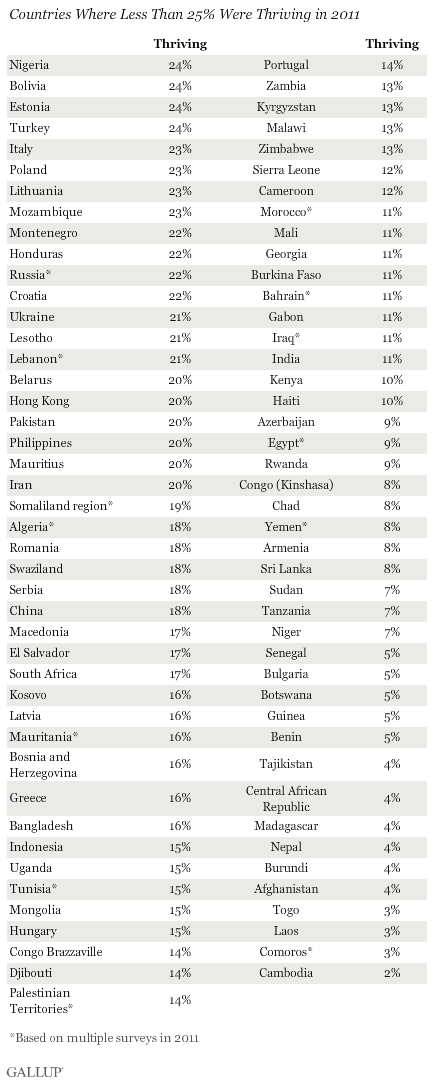
Well-being was generally lowest in sub-Saharan Africa, where the median thriving percentage was 12% across the countries surveyed. Thriving percentages were in the single digits in many countries, but the region had some bright spots. Thriving was safely higher than average in Ghana (29%) and Angola (35%).
 |
Across Regions, Americas Boasts Highest Well-Being
Well-being was generally highest again in the Americas, where a median of 39% were thriving. The significant divides among countries in previous years remained, with thriving ranging from 66% in Canada to 10% in Haiti. Although the 10% thriving in Haiti is the lowest in the region, 2011 marked the first time this percentage reached double digits.
In Europe, the median thriving percentage was lower than in the Americas, but about average at 24%. The divide between wealthier countries of northern, western, and central Europe and poorer countries in eastern and southern Europe is apparent in residents' attitudes toward their economy and toward their lives. Thriving ranges from the world high of 74% in Denmark to a near-world low of 5% in Bulgaria.
In Asia, where a median of 20% were thriving across the countries surveyed, there were large gaps between developed and developing Asian countries. Thriving was higher than 60% in Australia (64%) and New Zealand (60%) and as low as 2% Cambodia.
Thriving Mostly Unchanged in Middle East and North Africa vs. Before Arab Spring
A median of 20% in the Middle East and North Africa region were thriving -- similar to what Gallup measured before the Arab Spring. Nearly two in three (65%) were thriving in Israel -- the highest score in the region -- as were majorities in the relatively wealthy United Arab Emirates (58%) and Oman (51%). Fewer than one in 10 were thriving in Egypt (9%) and Yemen (8%), where unrest continued throughout much of 2011.
Well-Being Gains in a Few Countries
Well-being improved substantially in a few countries between 2011 and 2010, but generally remained relatively steady across most of the world. The few notable changes that took place last year further reinforce the idea that well-being is a local phenomenon, and that leaders need to develop polices to improve it with that in mind. Hopes are understandably higher in countries such as Ghana, for example, where thriving increased 19 percentage points amid an oil boom in 2011 and accompanying double-digit economic growth.
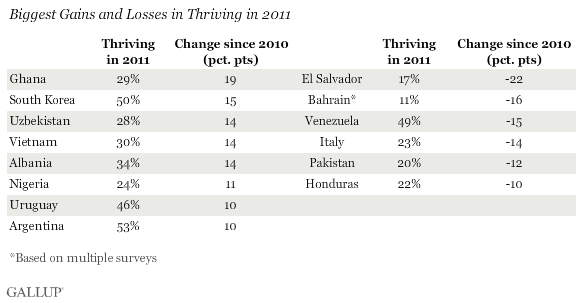
Implications
Gallup's global well-being data continue to emphasize the diverse development challenges worldwide and reveal the well-being situation has not changed much for many. This underscores why it is important for leaders to pay attention to behavioral metrics such as well-being. Significant investments in this area could potentially pay huge dividends -- not the least of which are peace and stability.
For complete data sets or custom research from the more than 150 countries Gallup continually surveys, please contact SocialandEconomicAnalysis@gallup.com or call 202.715.3030.
Survey Methods
Results are based on face-to-face and telephone interviews with approximately 1,000 adults per country, aged 15 and older, conducted in 2011 in 146 countries. Results in Russia, Tunisia, Egypt, the United Arab Emirates, Saudi Arabia, Qatar, Lebanon, Morocco, Jordan, the Palestinian Territories, Bahrain, Yemen, Comoros, Somaliland region, and Iraq are based on data aggregated from multiple surveys. For results based on the total samples, one can say with 95% confidence that the maximum margin of sampling error ranges from ±1.7 percentage points to ±5.7 percentage points. The margin of error reflects the influence of data weighting. In addition to sampling error, question wording and practical difficulties in conducting surveys can introduce error or bias into the findings of public opinion polls.
For more complete methodology and specific survey dates, please review Gallup's Country Data Set details.


